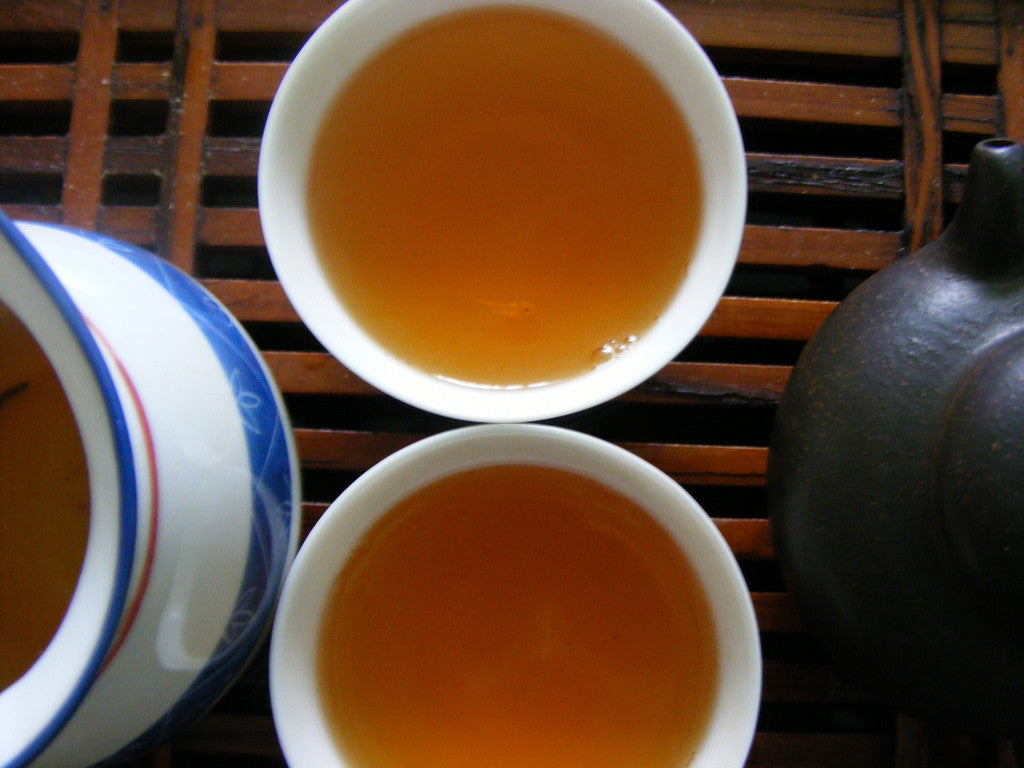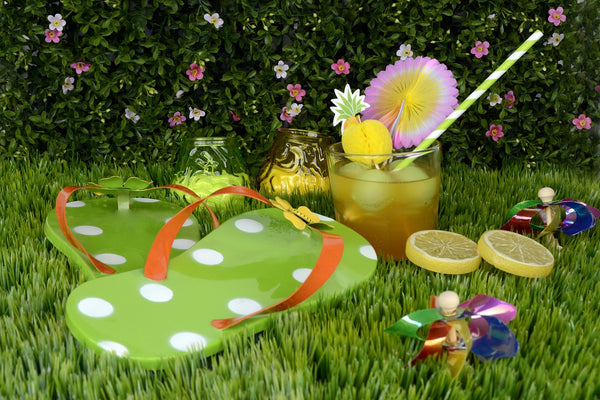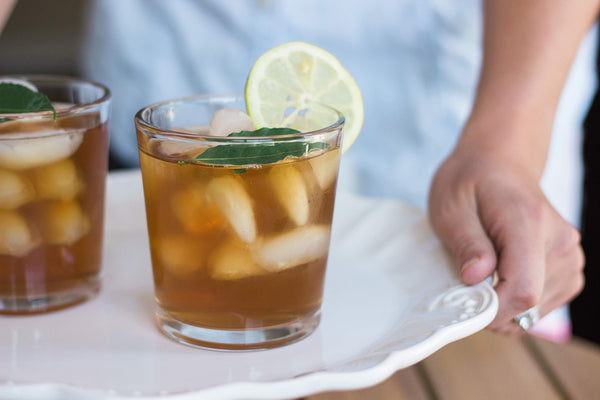
Think of the best restaurant you have ever been to. Think of the happy people enjoying themselves, the smells of the kitchen that started to make your mouth water and the wonderful crusty bread that crackled when you broke it. Then when the food came it was probably so delicious and wonderful. If you took that food and ate it in your family room in front of the TV, would it be the same experience? Of course not. Tea is the same way. Now, I am not saying that you need to go out to a restaurant for tea, but the reason why we look back at our favorite dining experiences is because they involved most of our senses. I highly recommend you try following these tips with every one of your favorite teas. You will find out that, by paying attention to your physical senses, you will enjoy each tea so much more. Here is how you can take advantage of your sense of smell, touch and sight when drinking tea.
The leaves
Before you try any tea, make sure that you look at the leaves closely. Pay attention to the size, cut and color of the leaves. Good leaves should have a bit of a shine to them. They should not look dull or dry. Look at the leaves again after the tea is brewed. The tea leaves should start to look like actual leaves from a plant. It is common for people to pick up the brewed leaves and inspect it in their hands. Remember, tea comes from a plant so the brewed leaves should look like something you find in nature.
The aroma
After you brew the tea stick your nose right up against the tea leaves (not the liquid) an take a big whiff. When you do this think of other things that it reminds you of. For example, notes of walnut, lemon and fresh grass are famous in Sencha. You will notice that the smell will be surprisingly diverse with hints of wonderful aromas that you never get if you just take a sniff and move on.
The finish
When you take a sip of the tea, put your tea cup down and just sit there and pay attention to the flavor of the tea on your tongue for 30 seconds. Don't check email, your phone or talk to anyone, but just sit and reflect on the flavor. You will notice that the flavor will start off one way and then transform into something different as it lingers on your palate. This is one of the reasons why people say they don't have a palate to tell the difference between very good and great. A lot of the time it is just disconnecting and letting your sense of taste and smell work its magic.
The Umami
Not all teas have Umami, but if you are drinking a Japanese Green Tea or an Oolong, there is a good chance you will get this sensation. Umami is actually one of the 5 taste senses that, oddly enough, isn't actually a taste. It is a thickness to the broth that adds a bit of savoriness to the tea through the sense of touch rather than taste. So when you drink it notice how the tea liquor is thicker than most teas. This gives a tongue-coating sensation that is constantly sought after due to the fact it almost coats the taste buds.
Summary
I was talking to a friend the other day who drank the Fukamushi Sencha from our Insider Tea Club. When you get to teas at that level, it is important to really take advantage of every aspect of every sip. Teas like that are not only flavorful, but they also enhance almost all the senses. When you come across a ridiculously good tea, be sure to savor every bit of it. You will find out that it makes your experience so much more rewarding.
P.S. - If you missed the first round of our Insider Tea Club keep an eye out in the next few months for our next opening. Due to the exteme limited nature of the teas, I expect our membership slots to go fast.
photo:www.flickr.com/photos/chadao/4672352980
Leave a comment
Comments will be approved before showing up.


